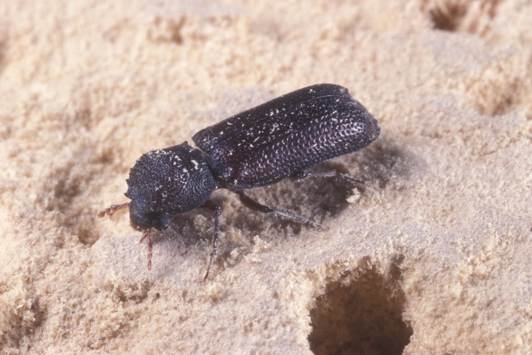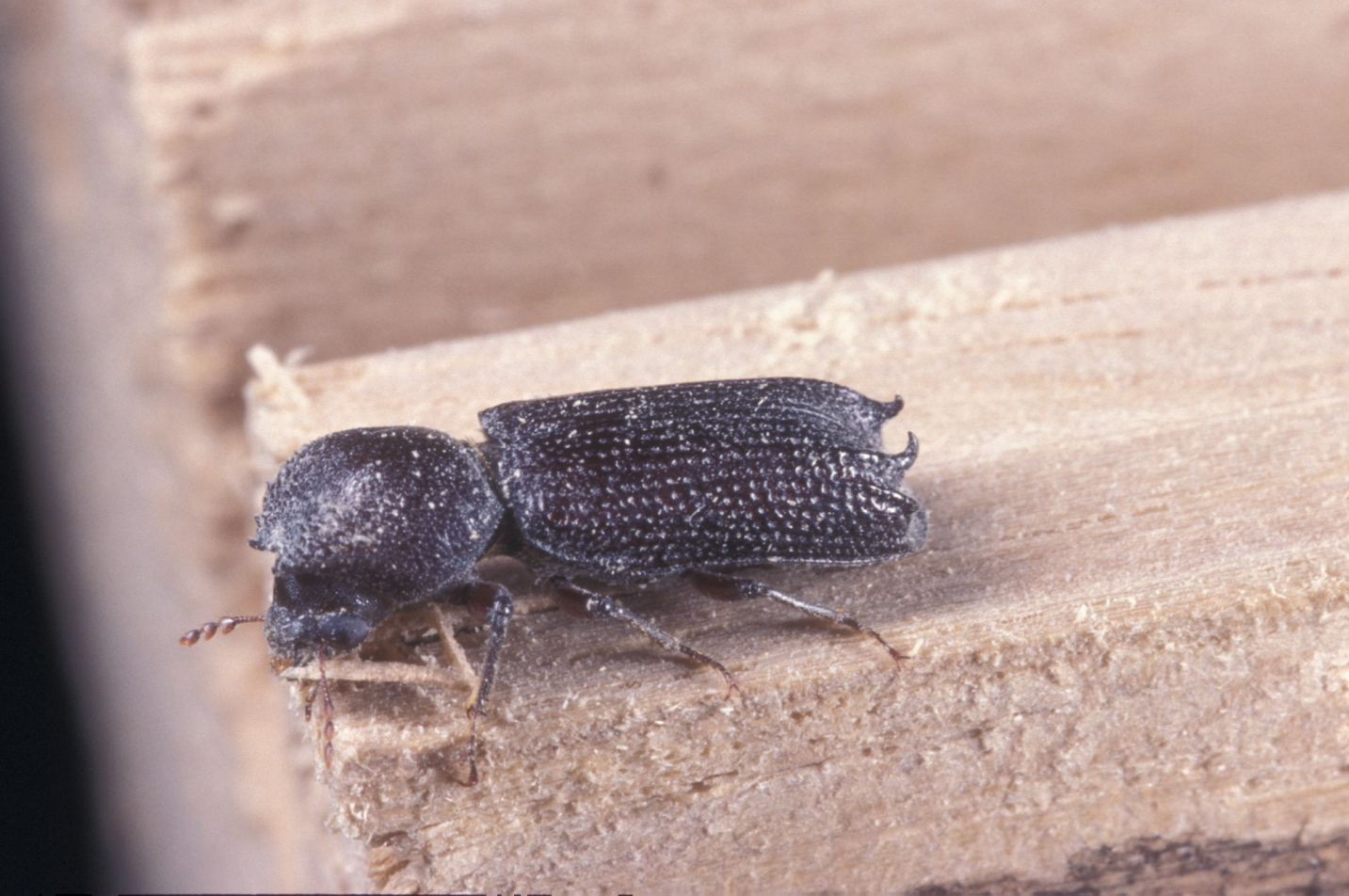
Lesser auger beetle is a declared pest in WA
Lesser auger beetle is not known to occur in WA and must be reported to DPIRD if found or suspected to be present in WA.
This wood-boring pest is not known to occur in Western Australia, so early detection is critical to help protect WA’s forestry, timber and wood product industries.
About lesser auger beetle
Lesser auger beetle (Heterobostrychus aequalis) is a serious wood-boring pest of seasoned hardwood timber.
It can leave devastating effects on logs, sawn timber, packing cases, pallets, plywood, furniture and other manufactured wooden articles.
This pest is not known to occur in Western Australia, nor has it established a presence in Australia. The beetle has been intercepted in Queensland during quarantine border inspections.
Early detection and reporting of this pest will help protect the WA timber, forestry and wood-product industries.
Lesser auger beetle has been recorded from 35 species of trees including the following genera: Adina, Albizzia, Anisoptera, Anogeissus, Bambusa, Bombax, Boswellia, Canarium, Cassia, Cedrela, Dalbergia, Dendrocalamus, Dipterocarpus, Endospermum, Garuga, Koompassia, Kydia, Lannea, Leucaena, Mangifera, Morus, Parashorea, Parishia, Poinciana, Pterocarpus, Quercus, Shorea, Sterculia, Tectona, and Terminalia (Woodruff & Fasulo 2015).
- Lesser auger beetle is difficult to detect at low population levels as it feeds inside wood, therefore external inspections to detect infestations are not reliable.
- Adult beetles are elongated, cylindrical, reddish brown to brownish black and moderately glossy, ranging from 6-13 mm long.
- The head is recessed beneath the segment of the thorax that bears the first pair of legs.
- All life stages of the beetle are found in dry wood which is eaten by the adults and larvae.
- Larval bore holes.
- The tunnels are usually filled with tightly packed, fine, sawdust-like material (frass) which is characteristic of this pest.
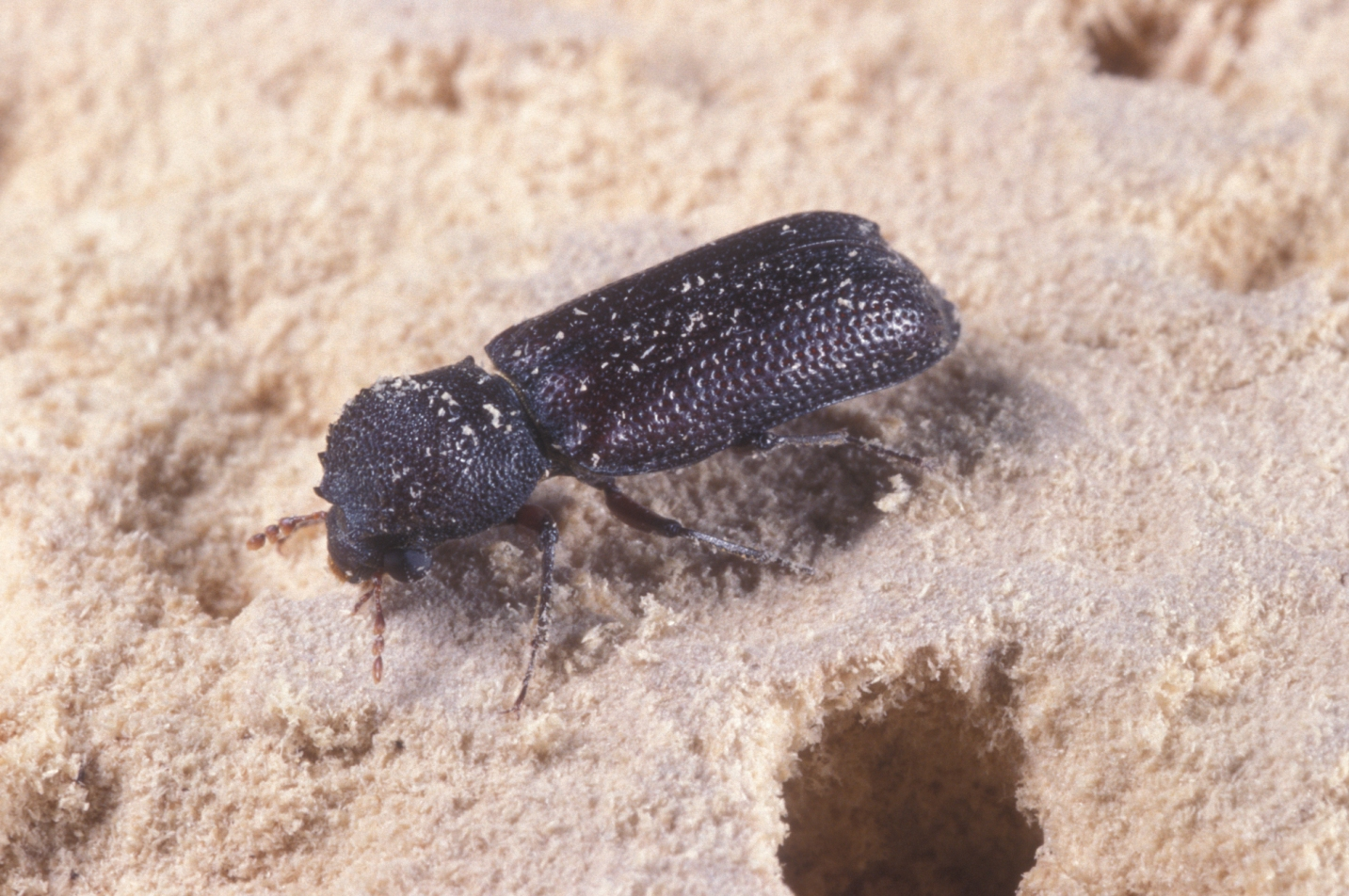
Lesser auger beetle is a serious and destructive wood-boring pest affecting seasoned hardwood timber and nearly all wood and bamboo products.
- Larvae tunnel into the wood, eating it, and reducing the quality and strength of the timber.
- Larval bore holes are left with tunnels winding several centimetres into the wood.
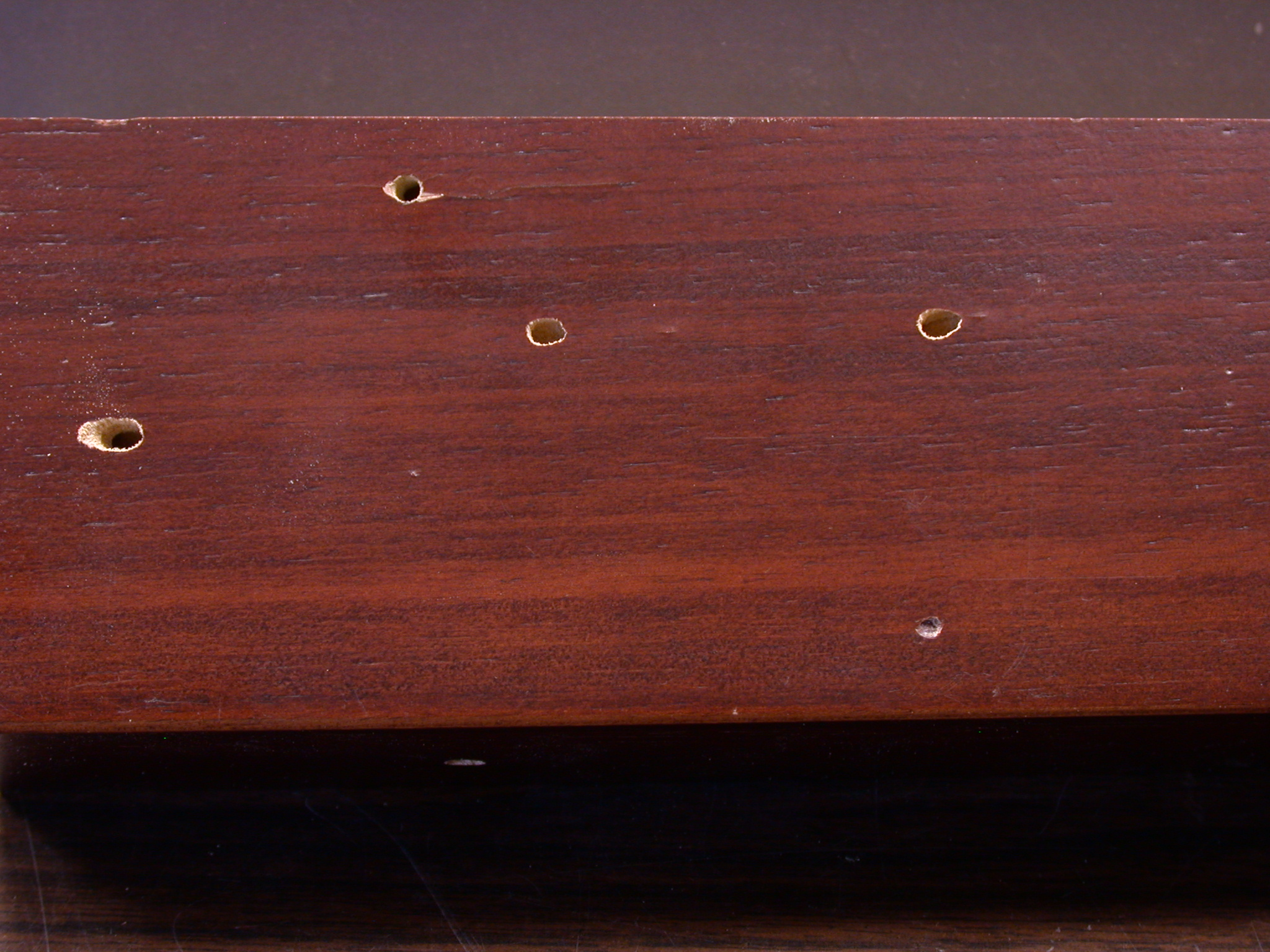
- Small exit holes are left in the wood by adults when they emerge.
- Fine, sawdust-like evidence appears on the surface of the wood.
- If established, the beetle could have a devastating effect on forests, as well as the timber and furniture industries.
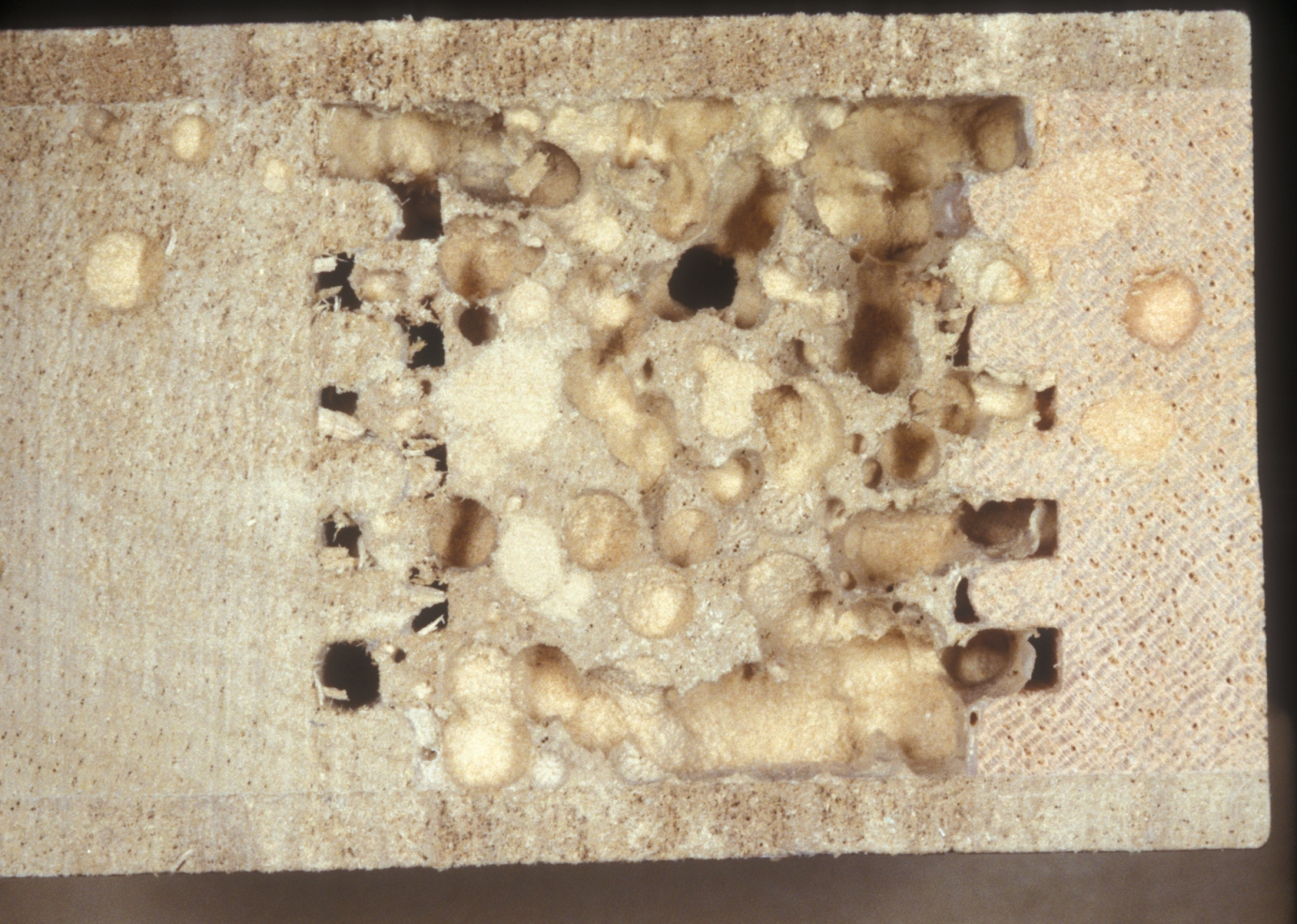
- Natural spread of lesser auger beetles is slow.
- However, because they bore into packing cases, pallets, boxes, furniture and timber, they are easily transported unintentionally.
- Check wooden items, pallets, boxes imported into WA for exit holes and fine, floury, sawdust-like frass.

WA's freedom from lesser auger beetle is supported by general and specific surveillance, and specific import requirements to prevent its entry.
Legal duty to report
Lesser auger beetle is not known to occur in WA.
Heterobostrychus aequalis (Waterhouse, 1884) is a declared pest under section 12 of the Biosecurity and Agriculture Management Act 2007.
This means that any person who finds or suspects the presence of lesser auger beetle must report it to DPIRD.
Report suspected lesser auger beetle
Early detection and reporting will help protect the WA forestry, timber and wood-product industries.
If you find or suspect the presence of lesser auger beetle, report it in one of the following ways.

